Springfield University Hospital
In 1841 Springfield Hospital opened on 14th June as the first Surrey County Lunatic Asylum for Paupers in the London Borough of Wandsworth, Tooting. In 1938 97 acres of land had been purchased of an estate, Springfield Park which was so named due to the spring running through it. The original buildings were designed by Middlesex County surveyor Mr W. Moseley who had also previously designed the sprawling Middlesex Asylum in Hanwell.
Springfield was a fine specimen to behold in its time with state-of-the-art design features such as steam which was circulated through the galleries to keep the hospital at a constant temperature and hot air which was injected through the floors. The administration block was impressively designed, surrounded by a corridor plan layout and grand sweeping lawns (with a stone carved fountain) which flanked the original reception area although this has since been drastically modernised and now serves as the back of the site. Lunacy and melancholia were but a few of the commonly diagnosed symptoms being treated and numbers during the asylum's peak capacity reached just over 2000 patients and staff.
In 1856 a patient named Daniel Dolley was accidentally killed in the asylum under the orders of medical superintendant, Charles Snape during a routine hydrotherapy chastisement. The patient who was 65 had been acting hyperactively previously that day and was subjected to 28 minutes of cold water showering. Orders were given for the treatment to be followed with the administration of 2 grains of potassium antimony tartrate which is a poisonous crystalline compound often used in the treatment of parasitic infections and which can cause severe gastric inflammation. Daniel Dolley suffered a fatal convulsion only a few minutes after the treatment ceased.
Charles Snape was later charged with manslaughter, however the jury later stated that he had no case to answer and he was sent back to work at Springfield.
Recent years have seen the Institution at the focus of a great deal of media attention and controversy due to a high number of violent crimes relating to Springfield patient 'escapees'. The Freedom of Information Act revealed that 30 patients have escaped from secure wards in the hospital since 2005. In 2009 the Hospital has already experienced 2 absconds and 1 escape, one of whom is a rapist named Barrington Gordon as reported by a London Paper.
Much to the outrage of local residents the hospital boasts that it is not a high security facility but is only medium secure, yet the hospital receives 'day trips' from criminally insane patients from maximum security facilities such as Broadmoor. Perhaps the successful rehabilitation and support provided by a hospital of this scale is easily overlooked when it is overshadowed by so many systematic safety failures.
Springfield certainly appears to be a strange mix of open wards where people are free to 'walk through' in stark contrast to other areas that resemble a maximum security facility with courtyards penned off by curved edged fencing. In February 2009 a convicted killer named Paul Caesar who was on unescorted leave within the hospital grounds absconded and committed suicide on rail tracks.
In 2004 a patient who had escaped stabbed a man to death in Richmond Park. Another sad incident happened in 2000 when a patient named Anthony Josef was discharged only to stalk and murder his social worker, Jenny Morrison, who cared for him. Again, in 2006 a patient randomly killed fitness instructor Matthew Carter. And previously in 2003 a male nurse named Mamade Chattun was brutally beaten to death in the Hospital lobby by patient, Joseph Cann who had been sectioned the previous day.
The hospital accepted a fine of £28,000 in court and pleaded guilty to neglect resulting in Mamade's inability to seek any help or alert the authorities during the frenzied attack; he was provided with no attack alarm or radio for his safety and the nearby wall alarm was broken as were several others around the hospital.
Springfield Hospital is now governed by the South West London and St Georges NHS trust; their website which contains some additional interesting history (minus the escapes)can be found here. The mortuary on site has long been converted into an exhibition centre which can still be visited when open and the Springfield Cafe makes for a nice spot of food poisoning on the way out.
Visted with Bukowski Jr, thanks to D-Kay for the headsup, a small three storey wing of a very live hospital doable in a couple of hrs, really enjoyable and the sun being out helped, small but perfectly formed
#1
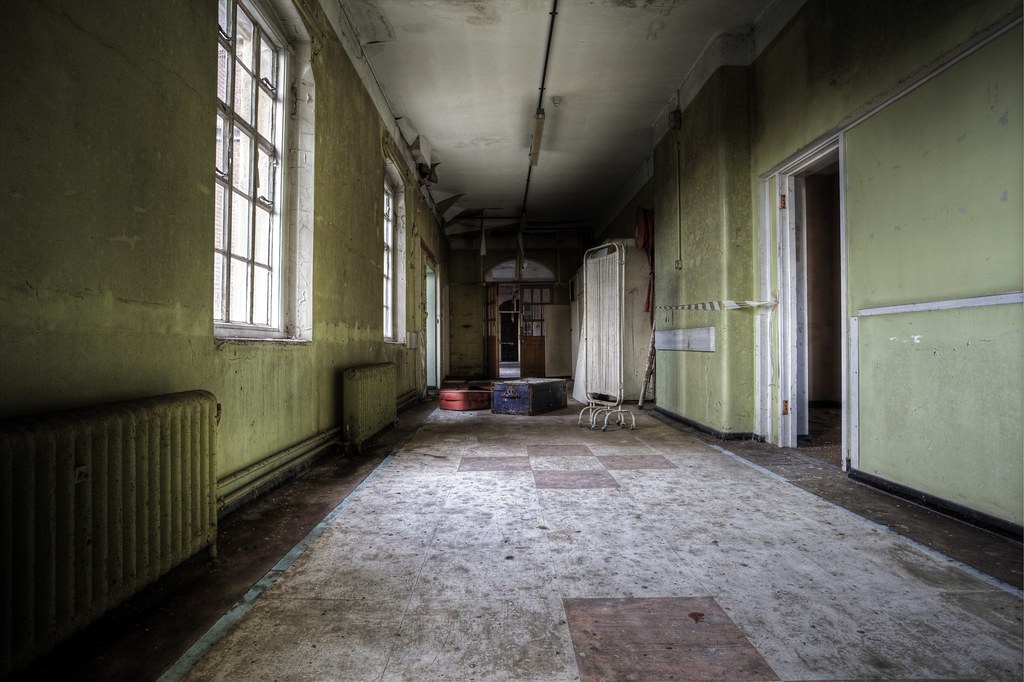
#2
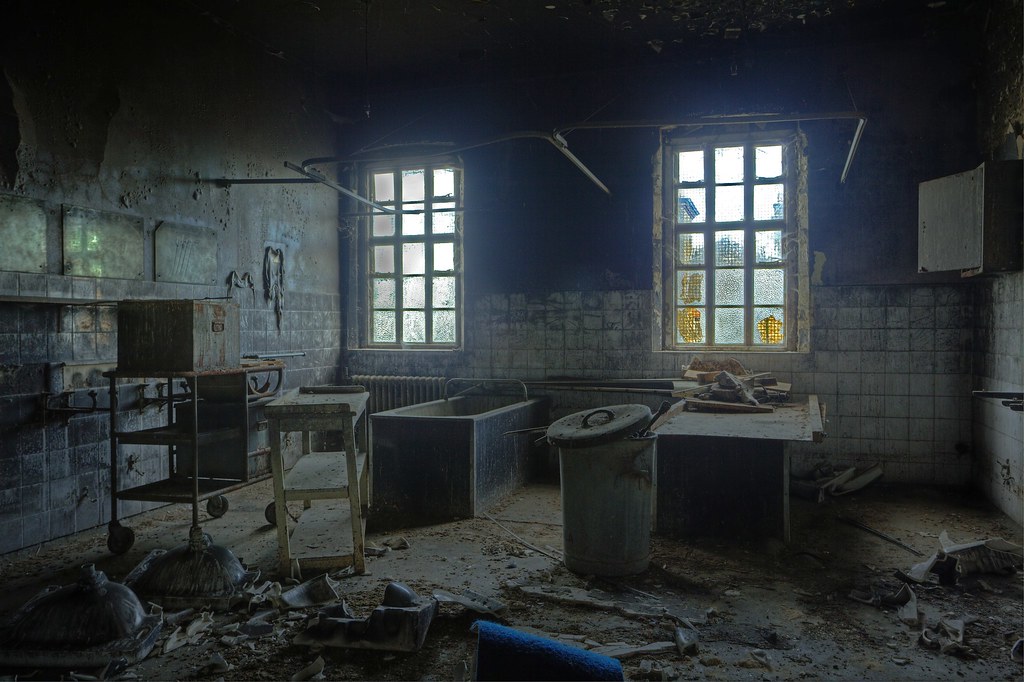
#3
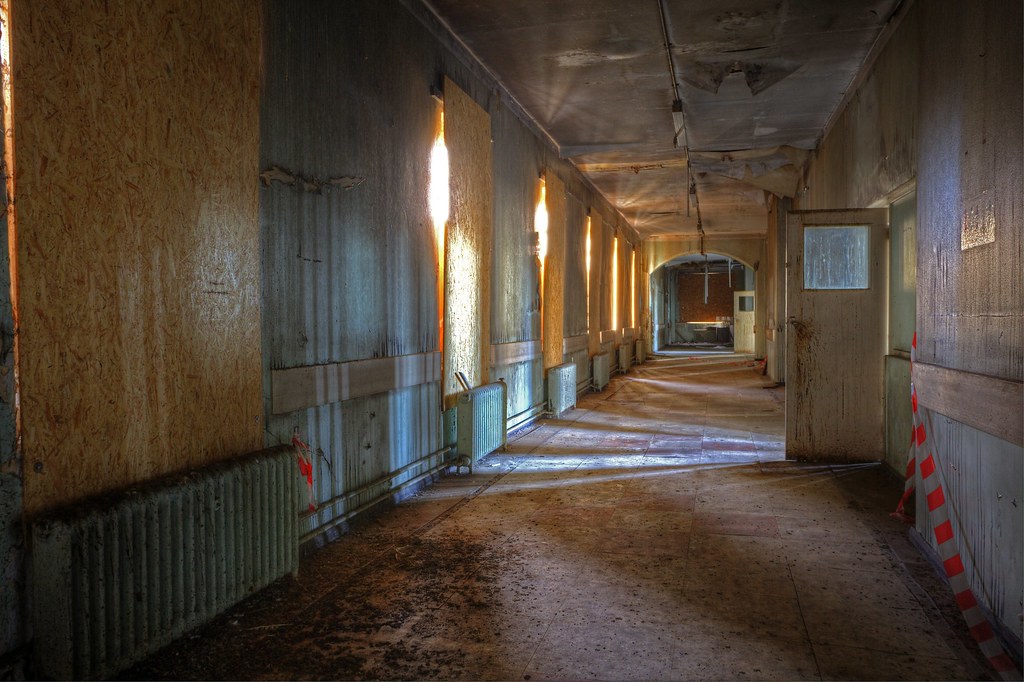
#4
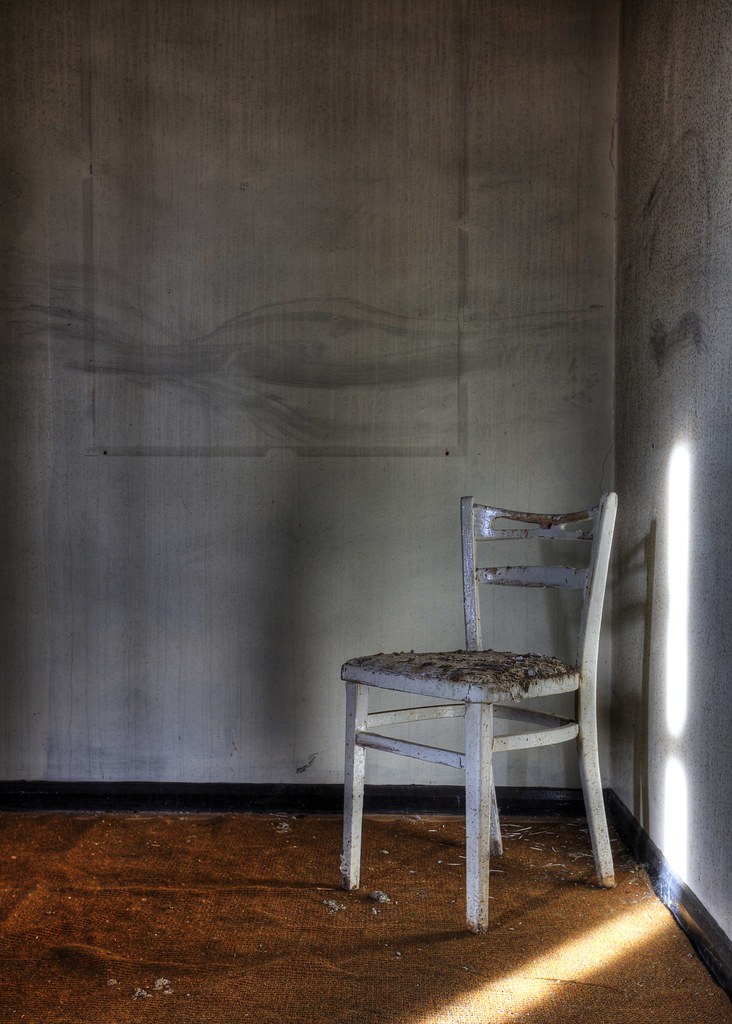
#5
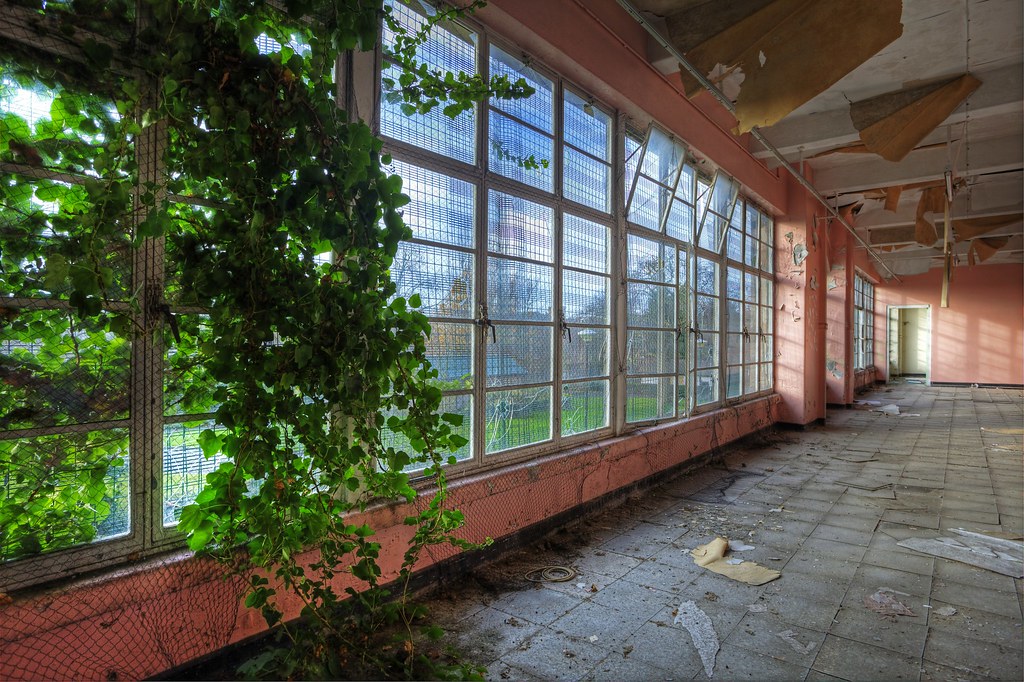
#6
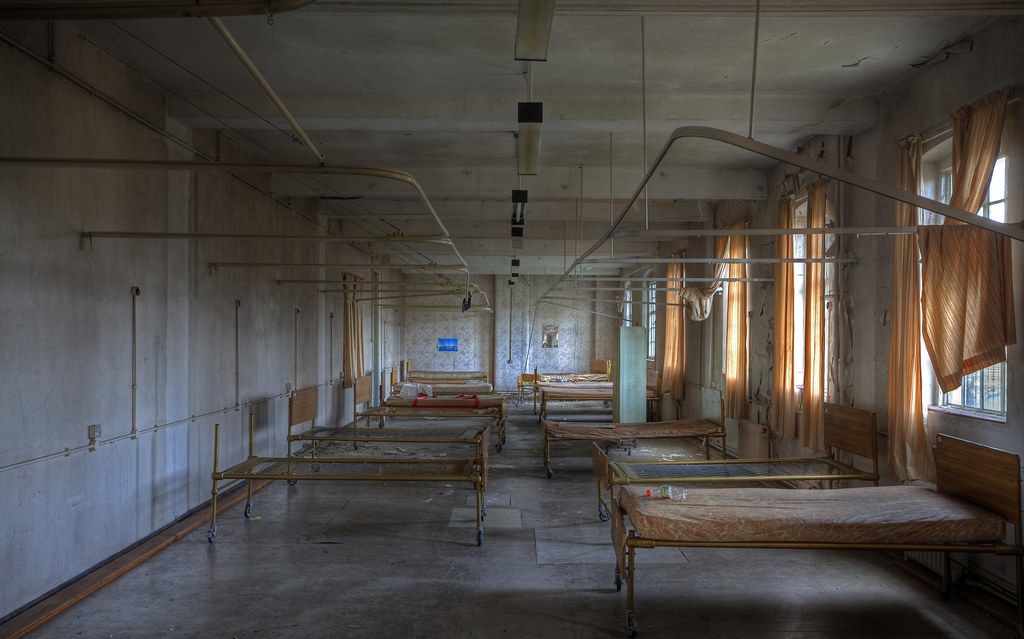
#7
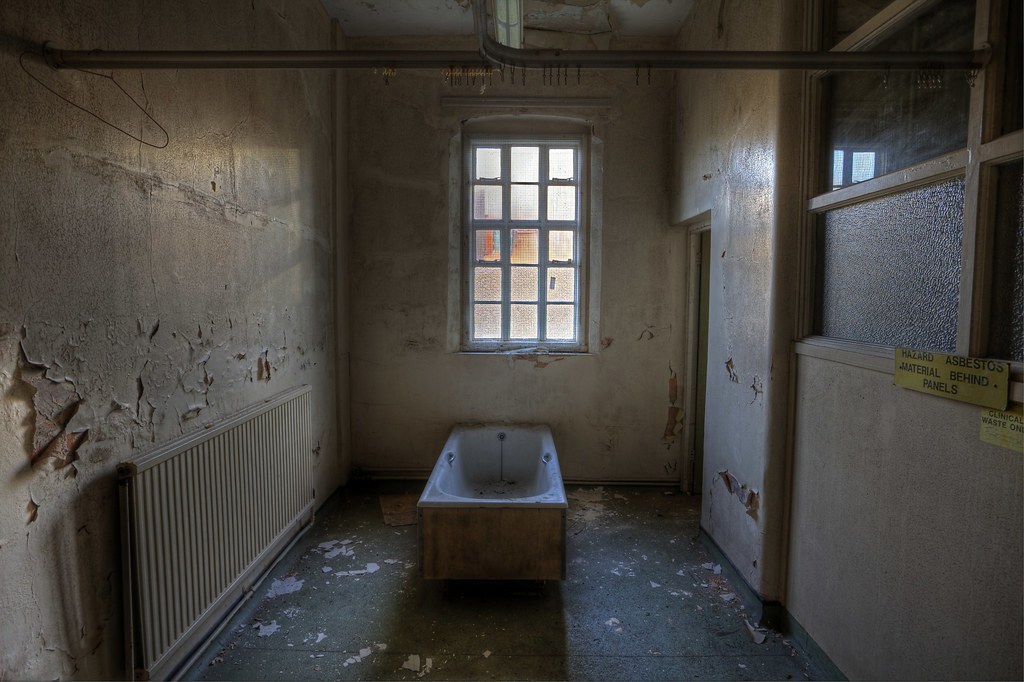
#8
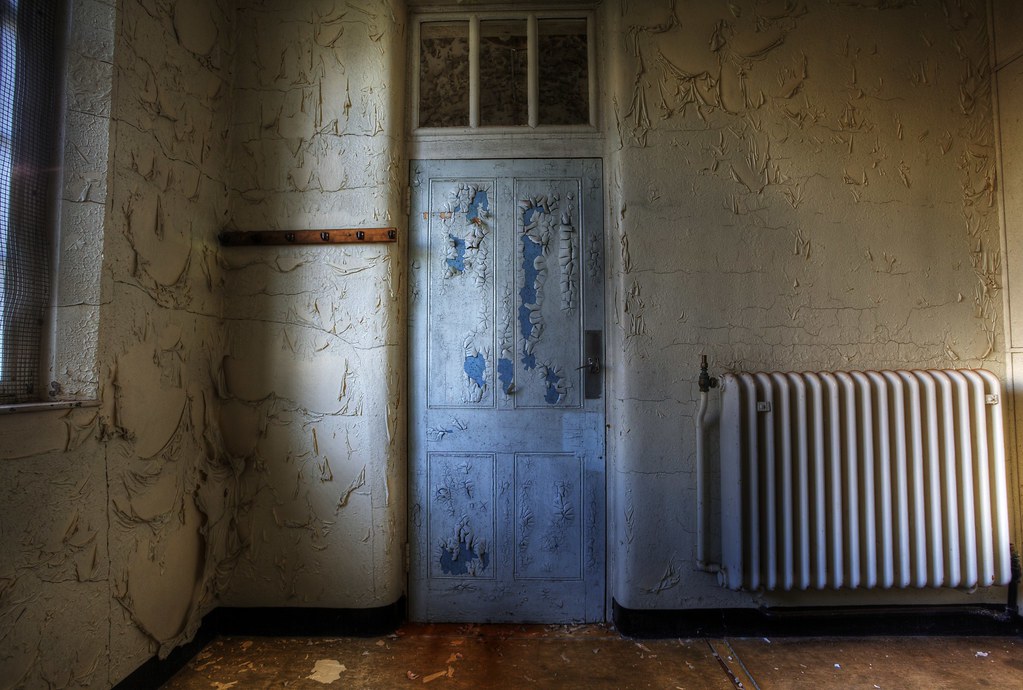
#9
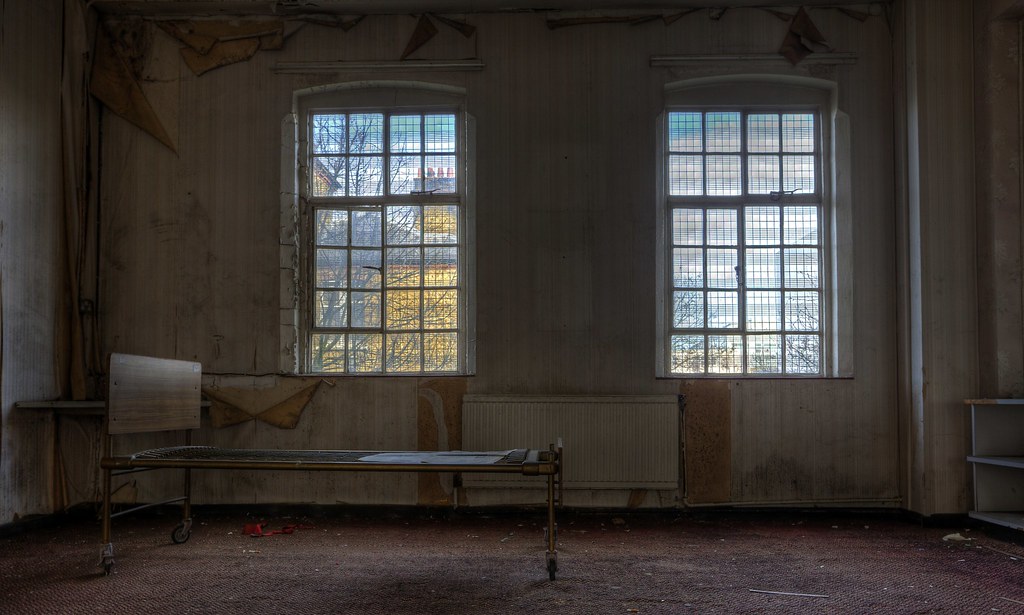
#10
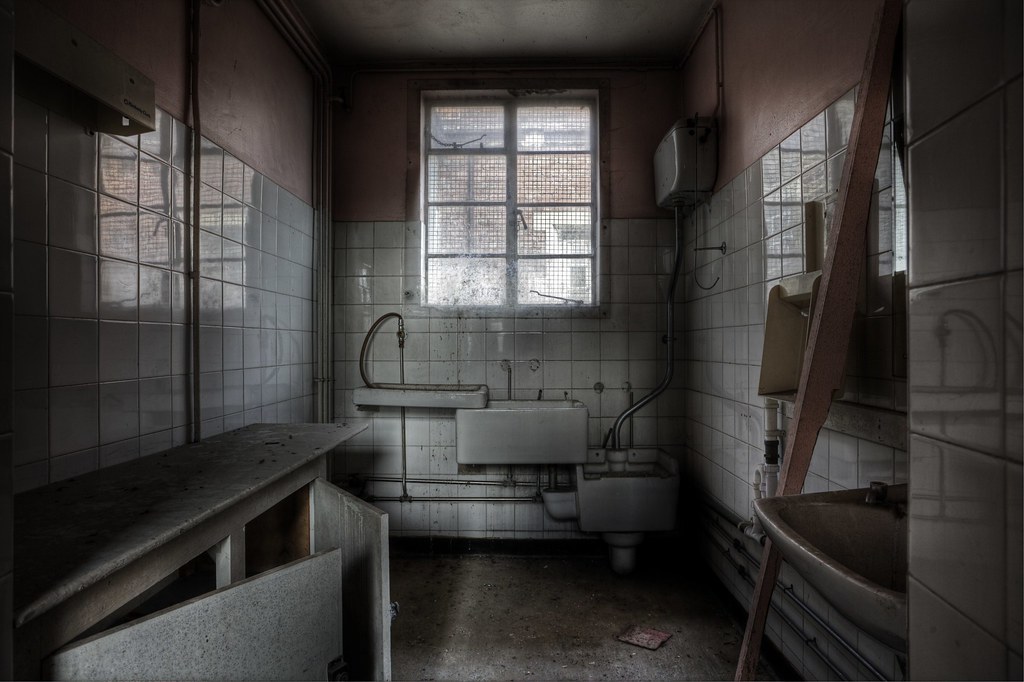
#11
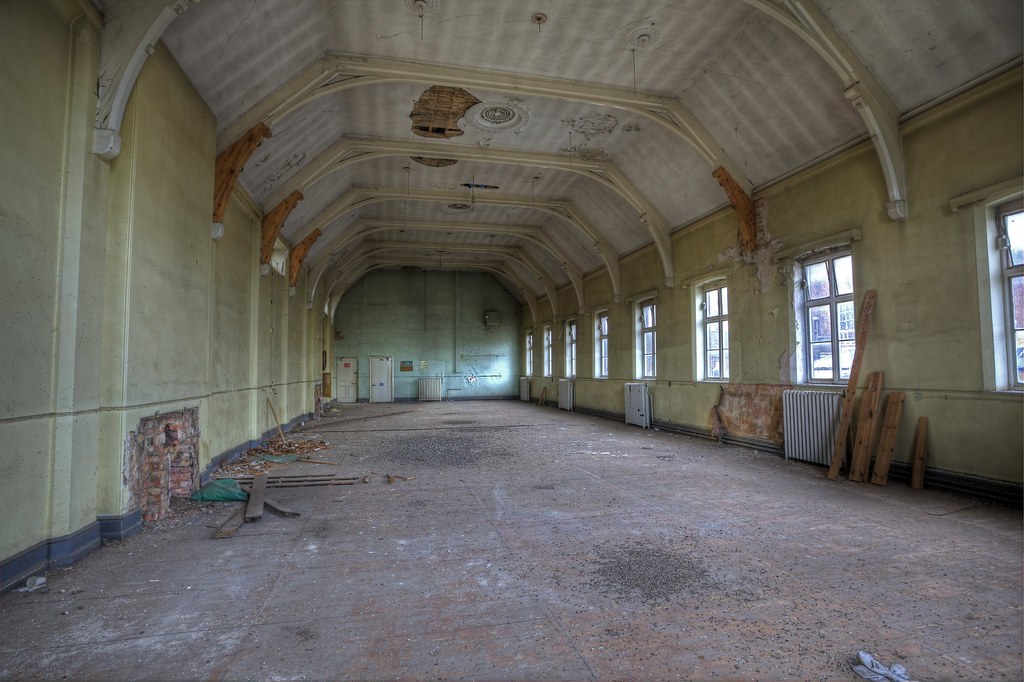
#12
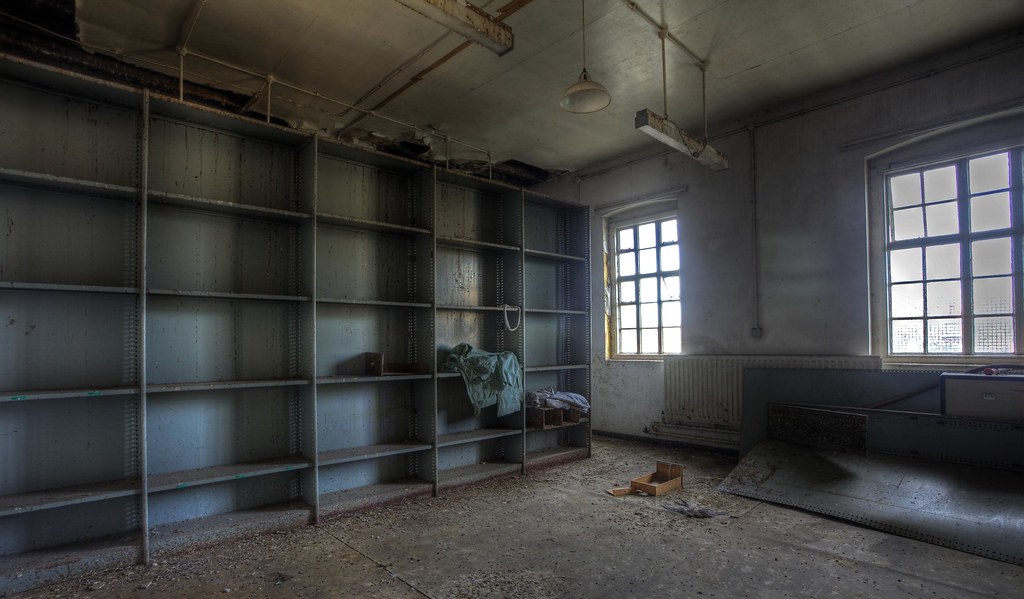
#13
































